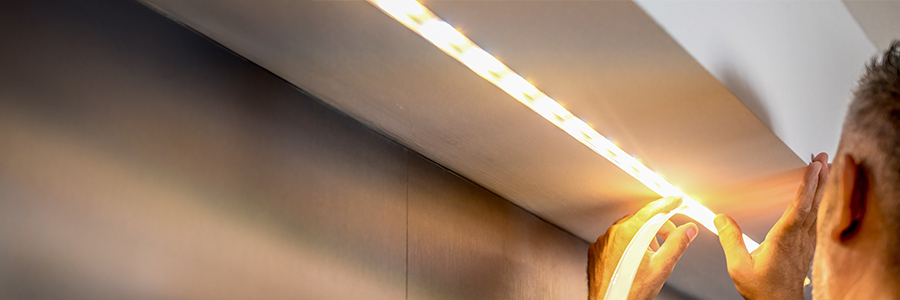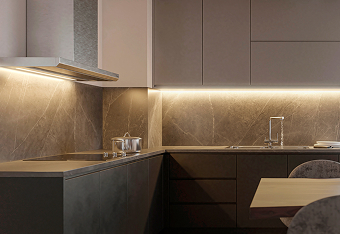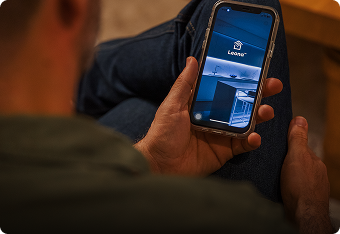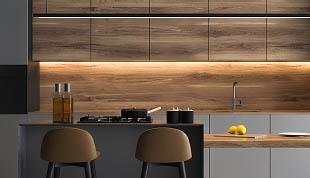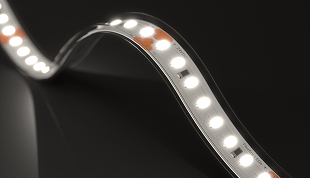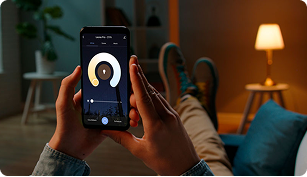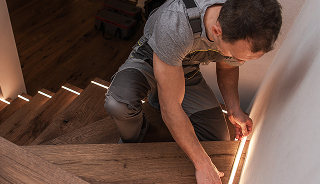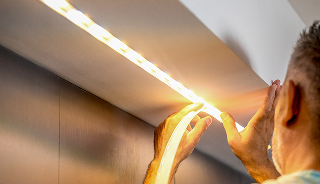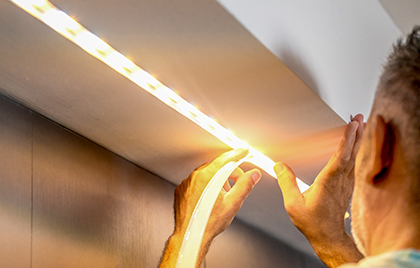5 Reasons Your Kitchen LED Light Flickers (& How to Fix It)
Why do LED lights flicker in my kitchen? Learn how LED power supply placement and properly connecting strip lights matter for flicker-free cooking!
There’s nothing more frustrating than nicking your hand while slicing tough meat, burning yourself on a hot pan, or grabbing the wrong ingredient—like nutmeg instead of cinnamon, or parsley instead of cilantro.
And let’s not even get started on bigger risks, like strained eyesight, a short circuit, or, worse, a kitchen fire!
Kitchen LED lighting that starts flickering can lead to all of these headaches and even dangers. Want to know how to fix it? This blog covers both sides of the problem: the five most common causes behind it and easy tips and installation hacks to stop it from happening.
1. Your LED Power Supply Is Overloaded
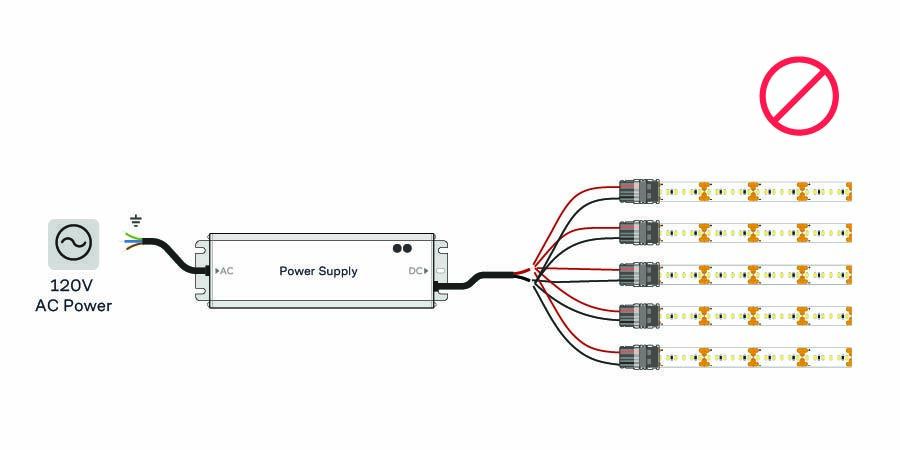
There are so many creative, stylish ways to add lights to your kitchen—and just as many little hiding spots for the LED driver that powers them. You can tuck it behind jars in the pantry, or even above or below cabinets.
And since those nooks are so handy and strategic, it’s tempting to create rounder kitchen projects by hooking up multiple LED strips and fixtures to the same power supply. For example, you can power a whole set of lighted drawers from a single driver tucked away in the top or bottom one.
But if you’re not careful, you can end up plugging in too much and overloading your power supply.
Here’s how it happens. Let’s say you start small: you install a 60W LED behind the dishes in your cabinet to power a clean under-cabinet strip run. Your kitchen looks stylish, your cooking visibility has improved, and everything works perfectly.
A few weeks later, you decide the cabinets themselves also need lighting to find your utensils, so you tap into the same power supply. Then you add some toe-kick strips along the base cabinets for a floating effect, and maybe even a few accent strips above the cabinets to wash the ceiling with light.
Each new run only pulls a few extra watts, so it doesn’t feel like a big deal. But as your kitchen project grows, those watts add up. Your under-cabinet run alone might draw 40W, the cabinets another 15W, the toe-kick lighting 20W, and the above-cabinet strips 25W. Now you’re asking a 60W supply to deliver 100W every time you flip the switch.
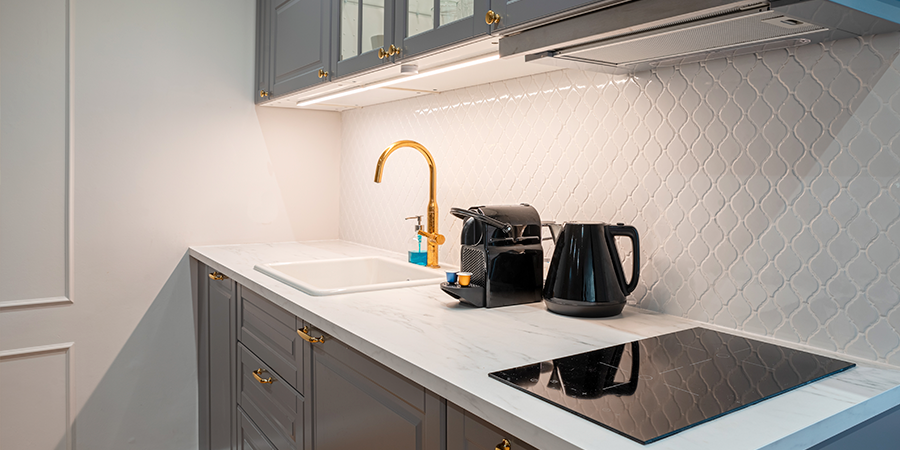
That’s when the flicker kicks in. Over time, the overloaded driver overheats, shuts down intermittently, or even fails completely. In the worst cases, it could trigger breakers or damage your LEDs.
The fix is easy: always add up the watts of all your lights before you start, and choose a power supply that’s at least 20% stronger than what you really need. That’s called the 80% rule in LED lighting. It gives your system a safety cushion, and it means your space will stay bright and beautiful for cooking solo, with family, or friends.
2. Your LED Power Supply Overheated
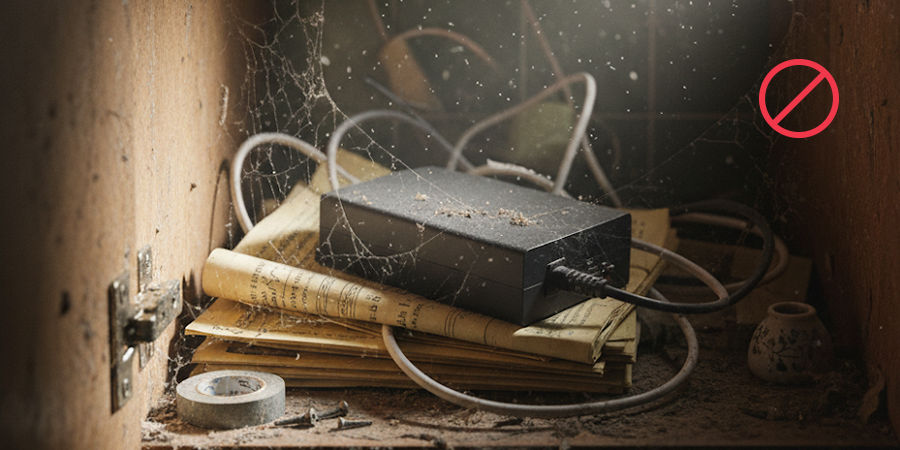
Kitchens and pantries are full of appliances, utensils, and supplies, which naturally create shadows and hidden little corners. At first glance, those tucked-away spots might seem like the perfect place to hide your LED driver:
- On top of the fridge
- Behind the microwave
- Above a cabinet directly over the stove
- Next to a gas heater or washing machine
- In an overcrowded, messy drawer or cabinet
The truth is, none of these spots are safe for your LED driver. Heat, poor ventilation, and dust buildup can all damage the power supply and cause your LED strips to flicker. The best solution is to plan ahead and place your power supply in a space that’s open, clean, and well-ventilated.
3. Your LED Power Supply is the Wrong Voltage
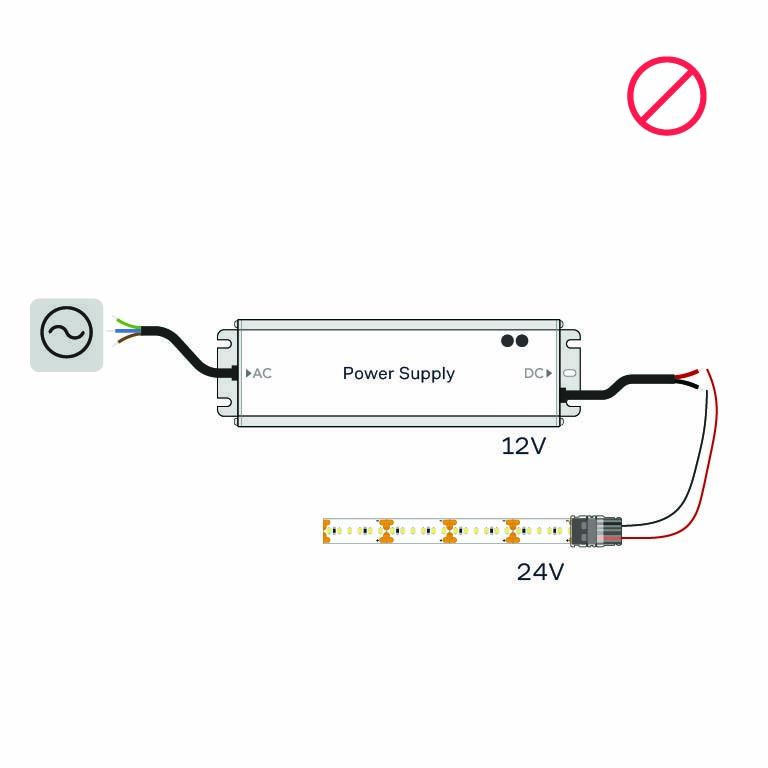
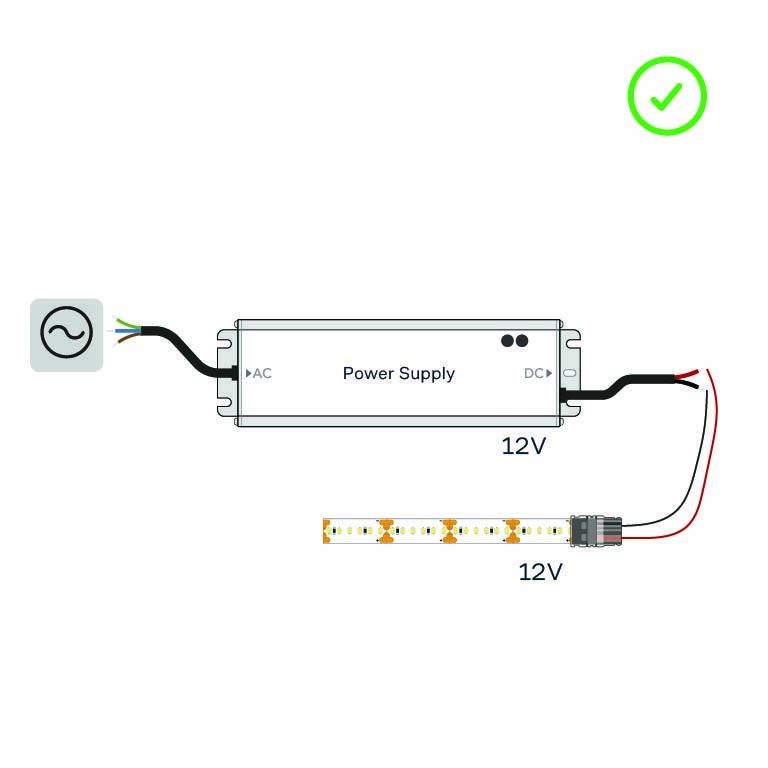
Low-voltage LED lights are hands-down the smartest choice for any kitchen. With all the appliances and different lighting setups your space can have, running on just 12 or 24 volts keeps things much safer by reducing the risk of shock or fire. They’re also easier to wire, stay cooler, and use less energy than high-voltage options.
That’s why, when choosing a driver for your kitchen project, you shouldn’t just think about which cabinet to hide it in or its power. You also need to make sure it’s low-voltage like your lights, and that it matches their 12 or 24V exactly.
For example, if you connect a 12V driver to a toe-kick strip designed for 24V, the lights may turn on dimly or flicker because they’re underpowered. Flip the scenario, and a 24V driver powering a 12V drawer strip will overload the tiny LED chips, making them flicker, overheat, and eventually burn out.
The answer: Always double-check the manufacturer’s specs to confirm compatibility. You’ll also find this information on the product box, in the instruction manuals, and often printed right on the lights and power supplies themselves. Or they may even have an LED driver compatibility guide!
4. Your Dimmer Light Switch Isn't Compatible
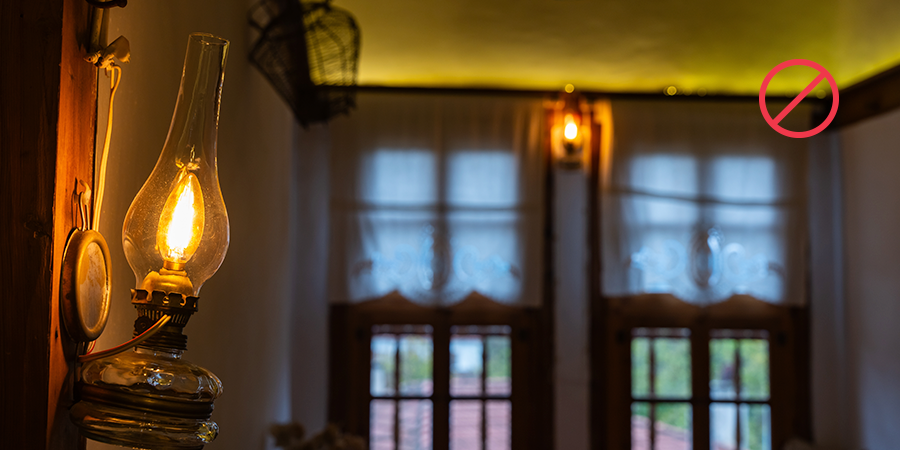
When remodeling a kitchen, it’s common to want to keep older fixtures—whether it’s a vintage lamp that matches your design or a family heirloom you’re attached to.
The challenge is that modern LED lights are often not fully compatible with older dimmer switches made for incandescent or halogen bulbs. And that’s one of the top reasons for flickering in kitchen lighting systems.
The smart move? Swap out the old bulbs you want to keep for smart LED bulbs that fit into the same sockets, no need to replace the entire fixture. That way your whole system runs on LED: more energy-efficient, easier to control, and simpler to install.
One last thing to keep in mind: Even after remodeling, you’ll need to check that your LED dimmer switch is compatible with your strip lights. Different types of strips (like static white, RGB color-changing, or tunable white) often require different switches or, in many cases, integrated smart lighting controls through a phone app.
5. Rusty or Loose Electrical Connection Points
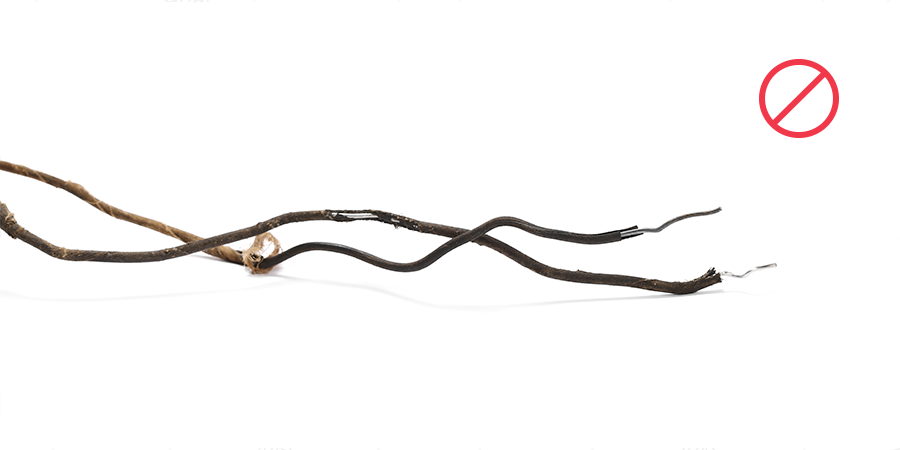
It’s no secret that meal prep takes a lot of focus, both at the sink and the stove—like when you’re rinsing fresh tomatoes and then boiling them in a pot for soup. You need good light to see clearly, avoid burns, and ensure every dish or veggie is cleaned right.
That’s why it might seem like a good idea to install LED strips right above these areas. But the stove is full of smoke and steam from cooking, and the sink is constantly splashing water and moisture. All of these are tough on your lights.
Lights that aren’t placed directly above these spots can still get hit with grease, steam, or leftover humidity. For example, near the dishwasher, a coffee maker, or even a kettle.
Over time, that constant exposure can cause buildup on your system’s connections, leading to rust, heavy flickering, or—worse—an electric shock if you meddle with the lights later.
Your solution takes place before you purchase or install. Plan ahead, map out where steam or grease might reach, go with outdoor IP65-rated lights in tricky kitchen spots. They work wonders indoors wherever heavy dust or water splashes are a problem, giving your kitchen lighting the protection it needs to last.
Another key tip has to do with installing the rest of your kitchen lights. Whether you’re soldering or using DIY connectors, you need to make sure all connections are solid and tight. If not, you’ll almost certainly end up with flickering lights down the line.
How to Fix Flickering LED Lights: Backed by The Flexfire Expertise
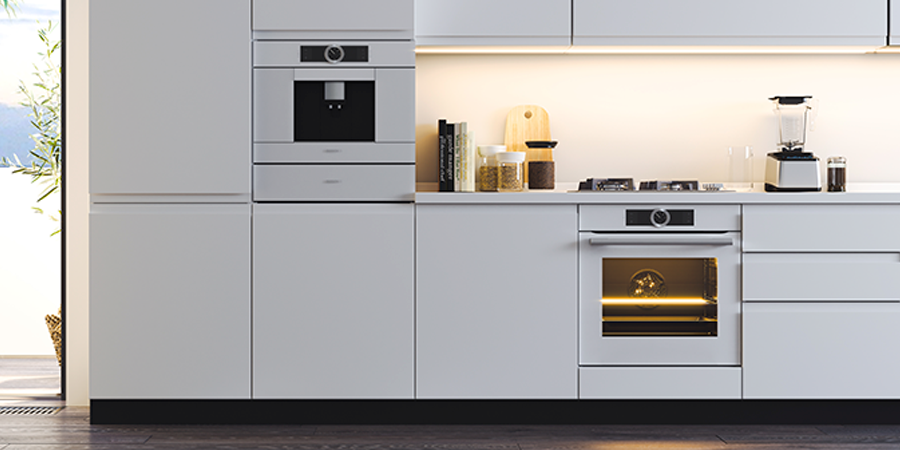
At Flexfire, we know that when it comes to kitchen lighting, there are a few key things that matter: seeing clearly while you cook so everything turns out right, making your food look as good as it tastes, and enjoying your kitchen in the best possible light.
With over 10 years of experience creating stunning kitchens in homes across the U.S., our team has built up the expertise to guide you through the flickering issues we’ve outlined above. And there are even a few extra “honorable mentions” worth mentioning:
- Microwaves, Wi-Fi routers, and other electronics can give off electromagnetic interference that sneaks into your LED wiring, making strips flicker out of nowhere. The fix: Use shielded cables to block that interference before it ever reaches your lights
- When big appliances like your fridge or dishwasher kick on, they can briefly pull power away from your lighting circuit, making your LEDs flicker. The solution: upgrading your electrical setup with stabilizers or surge protectors.
All of this said, because we’re dealing with electricity, we always recommend consulting a licensed electrician. Flickering may seem minor, but it can sometimes indicate deeper wiring or load issues that a professional should check to ensure your lighting setup is safe and reliable.
With that peace of mind, you can focus on what really matters: creating the kitchen of your dreams—and we're experts at that. Contact us today! The only thing that will flicker is the sparkle in your eyes when you see the final results.
